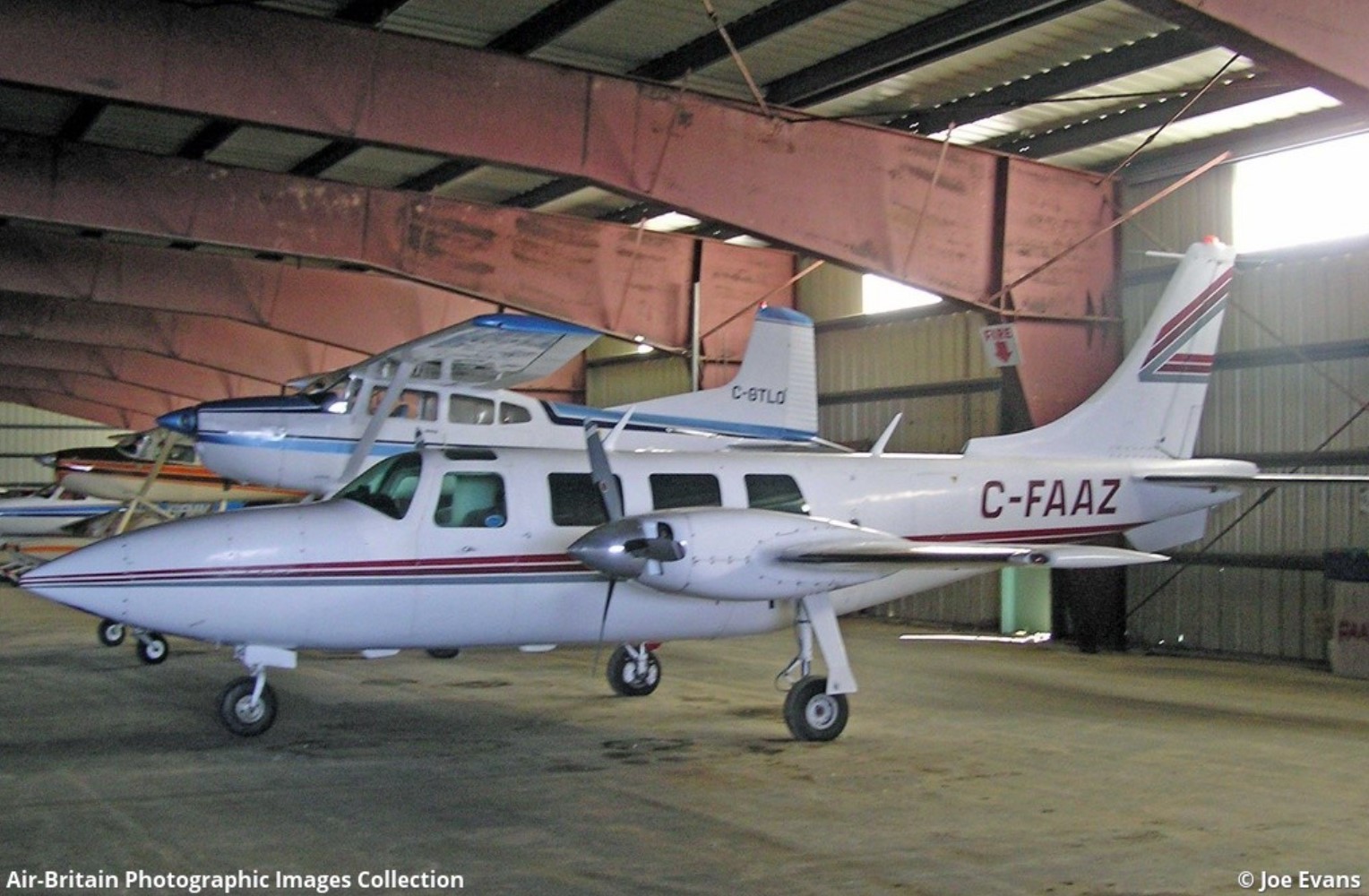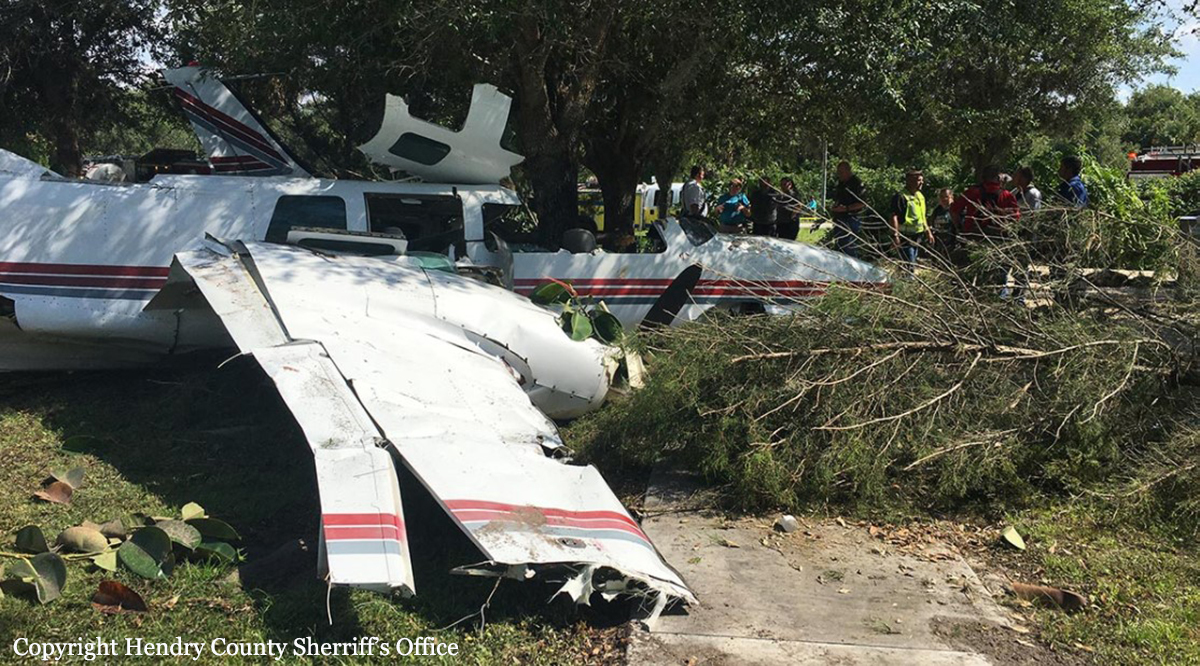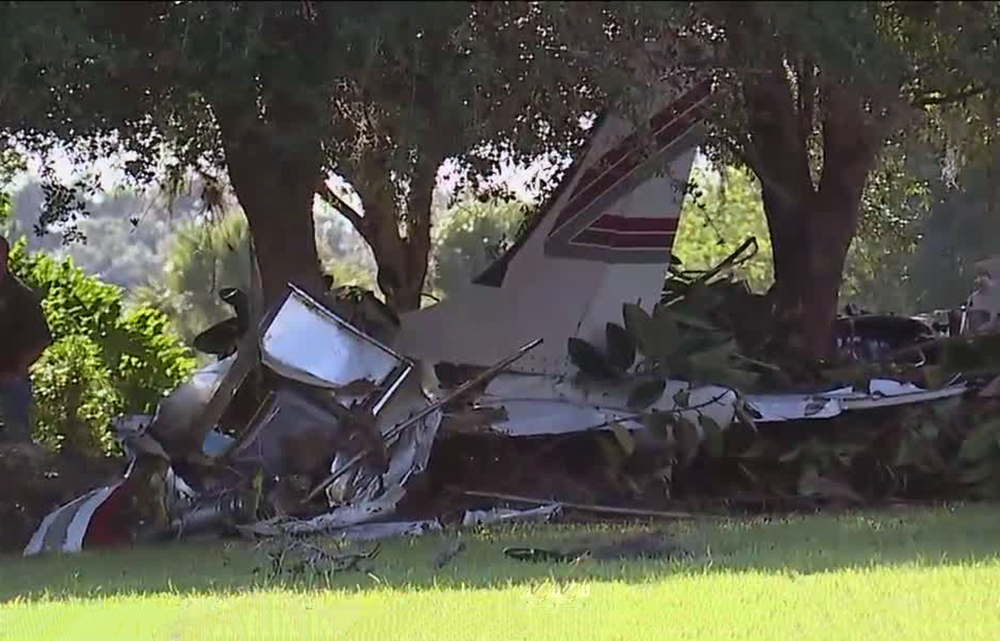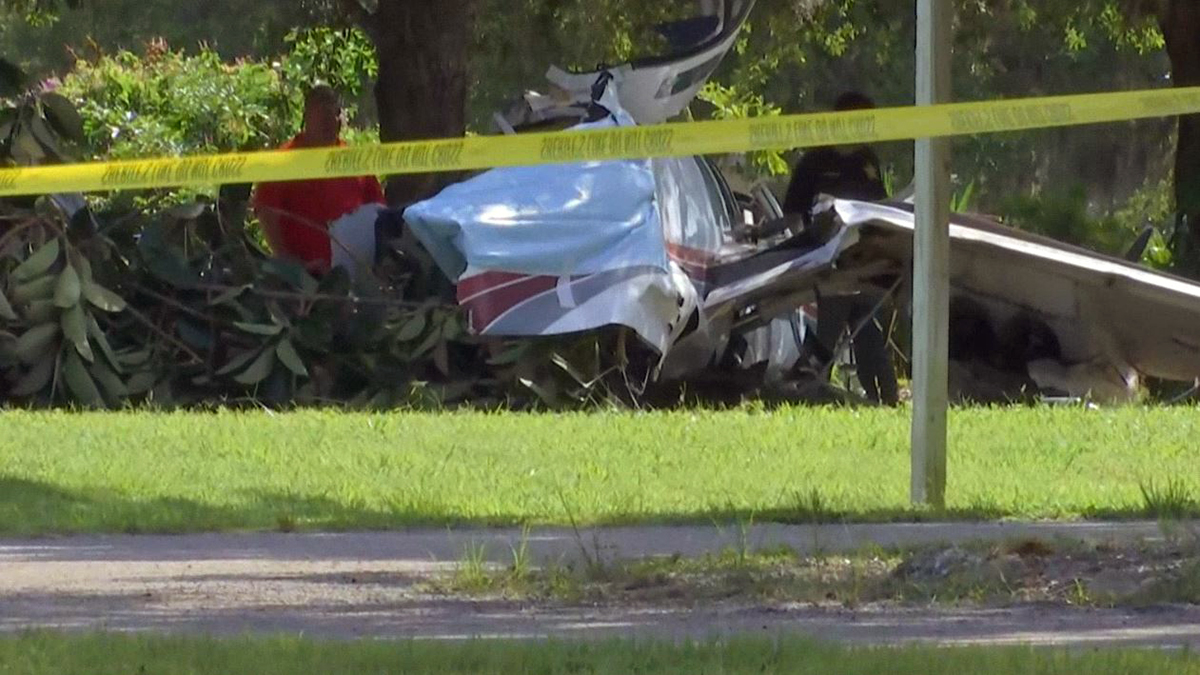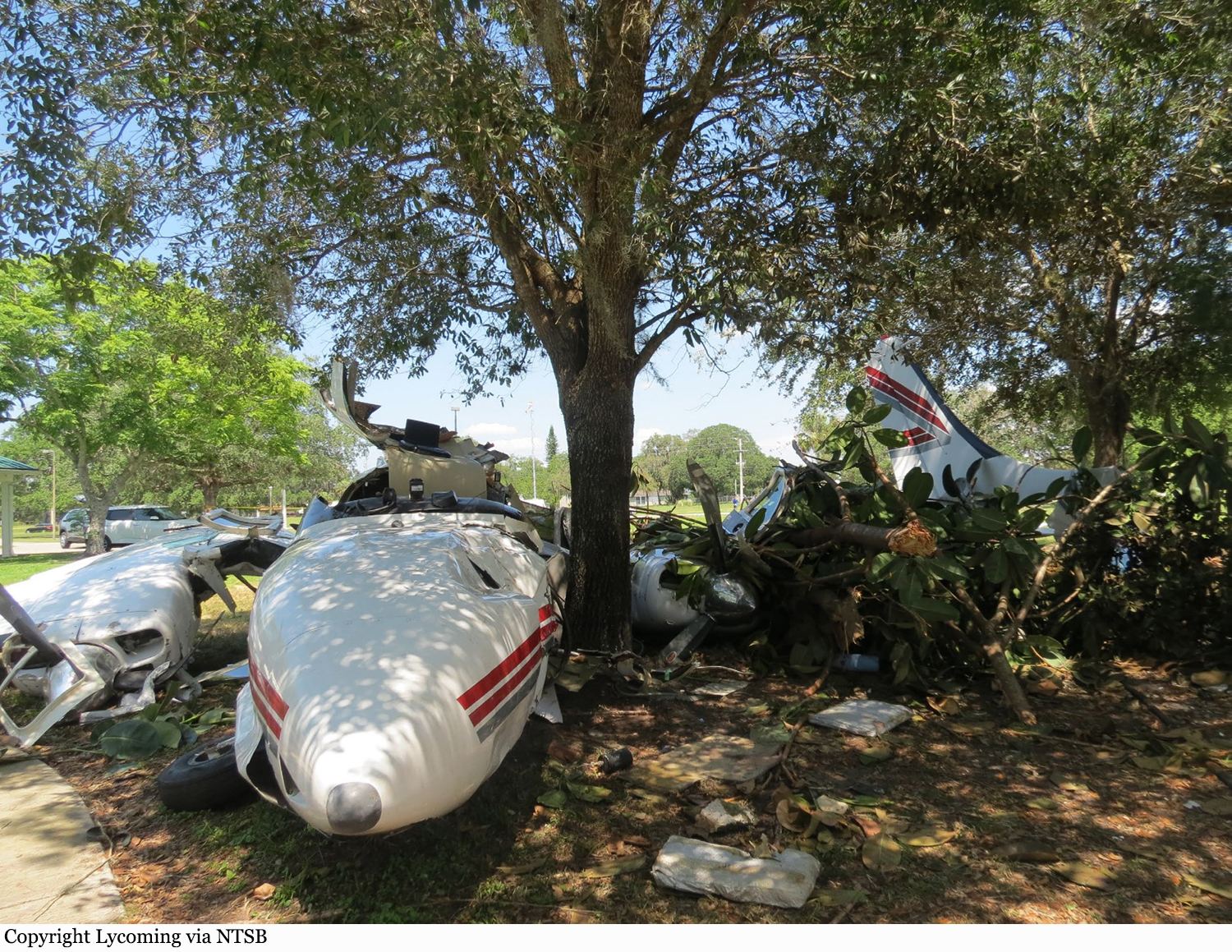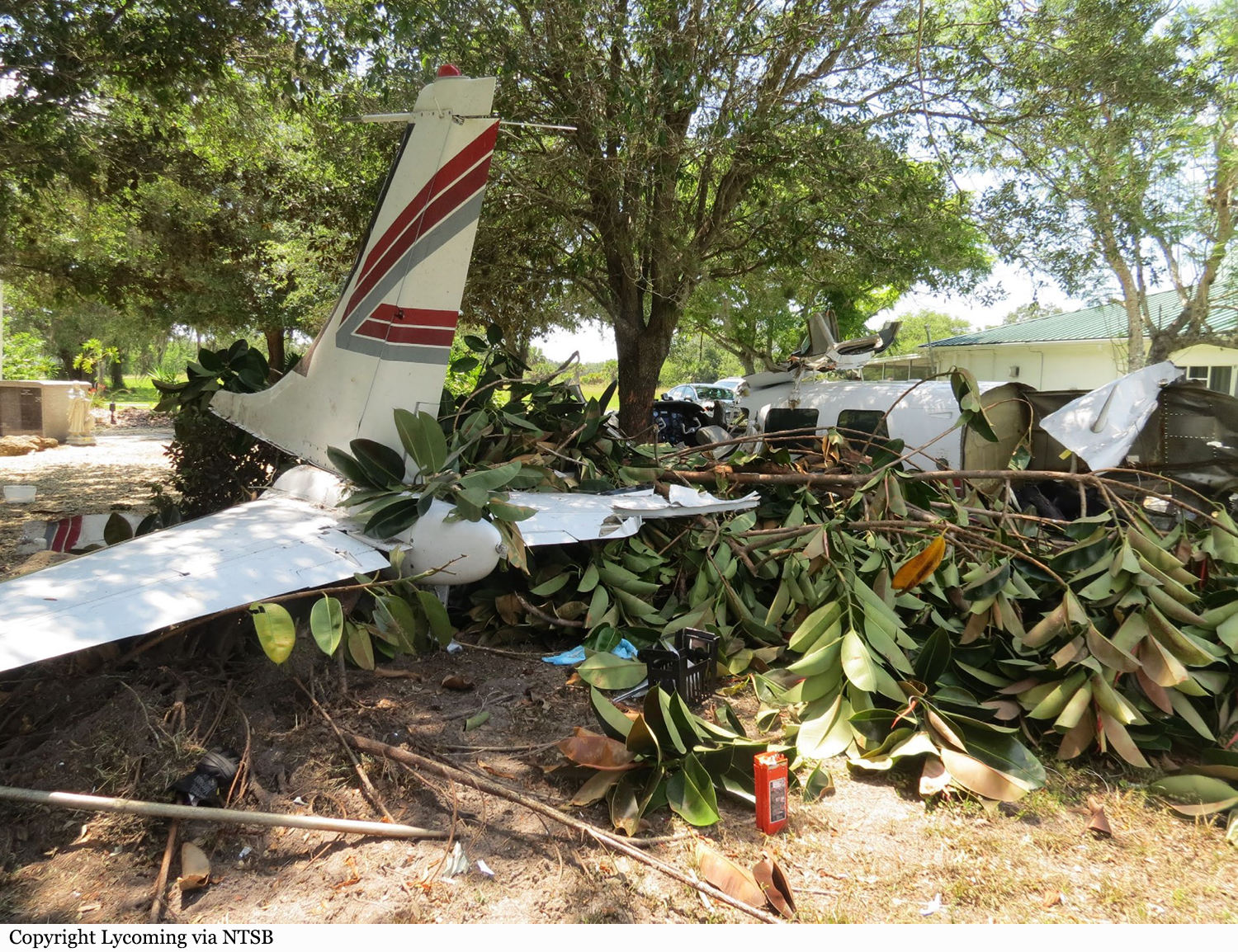Crash of a Piper PA-60 Aerostar (Ted Smith 600) in LaBelle: 1 killed
Date & Time:
May 6, 2021 at 1520 LT
Registration:
C-FAAZ
Survivors:
Yes
Schedule:
LaBelle - LaBelle
MSN:
60-0148-065
YOM:
1973
Crew on board:
1
Crew fatalities:
Pax on board:
1
Pax fatalities:
Other fatalities:
Total fatalities:
1
Captain / Total hours on type:
65.00
Aircraft flight hours:
5252
Circumstances:
The pilot, who was the owner of the airplane, and the pilot-rated passenger, whose maintenance facility had recently completed work on the airplane, departed on the second of two local flights on the day of the accident as requested by the pilot, since he had not flown the airplane recently. Flight track and engine monitor data indicated that, about 15 minutes after takeoff, fuel flow and engine exhaust gas temperature (EGT) values were consistent with a total loss of left engine power at an altitude about 2,500 ft. Engine power was fully restored about 4 minutes later. Between the time of the power loss and subsequent restoration, the airplane directly overflew an airport and was in the vicinity of a larger airport. It is likely that the left engine was intentionally shut down to practice one engine inoperative (OEI) procedures. Had the loss of power been unanticipated, the pilot would likely have initiated a landing at one of these airports in accordance with the airplane’s published emergency procedure, which was to land as soon as possible if engine power could not be restored; however, data indicated that engine power was restored, and the flight continued back to the departure airport. About 7.5 minutes later, about 6 nautical miles from the departure airport, engine data indicated a total loss of right engine power, followed almost immediately by a total loss of left engine power, at an altitude about 3,500 ft. A battery voltage perturbation consistent with starter engagement was recorded about 1 minute later, followed by a slight increase in left engine fuel flow; however, the data did not indicate that left engine power was fully restored during the remainder of the flight. The airplane continued in the direction of the departure airport as it descended and ultimately impacted a tree and terrain and came to rest upright. A witness saw the airplane flying toward her with the landing gear extended and stated that it appeared as though neither of the two propellers was turning. A doorbell security camera near the accident site captured the airplane as it passed overhead at low altitude. Sound spectrum analysis of the footage indicated that one engine was likely operating about 1,600 rpm while the other was operating at less than 1,000 rpm. The right propeller was found feathered at the accident site. An examination and test run of the right engine revealed no anomalies that would have precluded normal operation. The left propeller blades exhibited bending, twisting, and chordwise polishing consistent with the engine producing some power at the time of impact. Examination of the left engine and engine-driven fuel pump did not reveal any anomalies. Based on the available information, it is likely that the pilots were conducting practice OEI procedures and intentionally shut down the right engine. The loss of left engine power immediately after was likely the result of the pilot’s failure to properly identify and verify the “failed” engine before securing it, which resulted in an inadvertent shutdown of the left engine. Although partial left engine power was restored before the accident (as indicated by fuel flow values, damage to the left propeller, and sound spectrum analysis of security camera video), the left engine power available was inadequate to maintain altitude for reasons that could not be determined, and it is likely that the pilot was performing a forced landing when the accident occurred. It is also likely that the pilot’s decision to conduct intentional OEI flight at low altitude resulted in reduced time and altitude available for troubleshooting and restoration of engine power following the inadvertent shutdown of the left engine. The 67-year-old pilot was a Canadian national and had never applied for a Federal Aviation Administration medical certificate. According to the Transportation Safety Board of Canada, the pilot was issued a category 1 license with knowledge of a previous condition and knowledge of currently taking Xarelto (rivaroxabam). No acute or historical cardiovascular event was found on autopsy. Toxicology testing detected the sedating antihistamine cetirizine just below therapeutic levels in the pilot’s blood. A very low concentration of the narcotic pain medication codeine was detected in the pilot’s blood and urine; codeine’s metabolite morphine was also detected in his urine. The mood stabilizing medication lamotrigine was detected but not quantified in the pilot’s blood and urine. Thus, the pilot was taking some impairing medications and likely had a psychiatric condition that could impact decision-making and performance; however, given the circumstances of the accident, including the presence of the pilot-rated passenger to operate the airplane, the effects from the pilot’s use of cetirizine, codeine, and lamotrigine were not likely factors in this accident.
Probable cause:
The pilot's inadvertent shutdown of the left engine following an intentional shutdown of the right engine while practicing one engine inoperative (OEI) procedures. Contributing to the accident was the pilot’s decision to conduct OEI training at low altitude.
Final Report:
